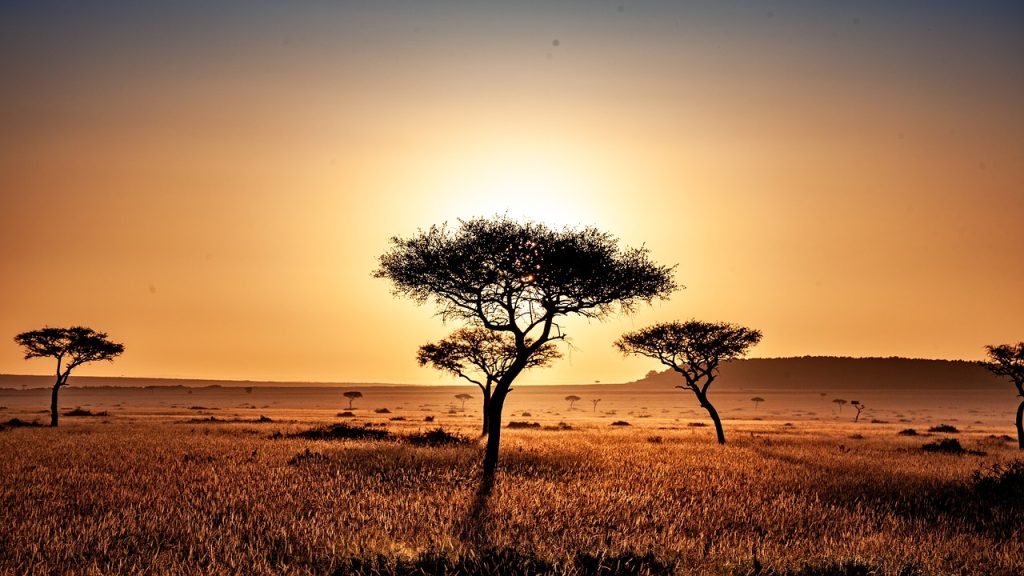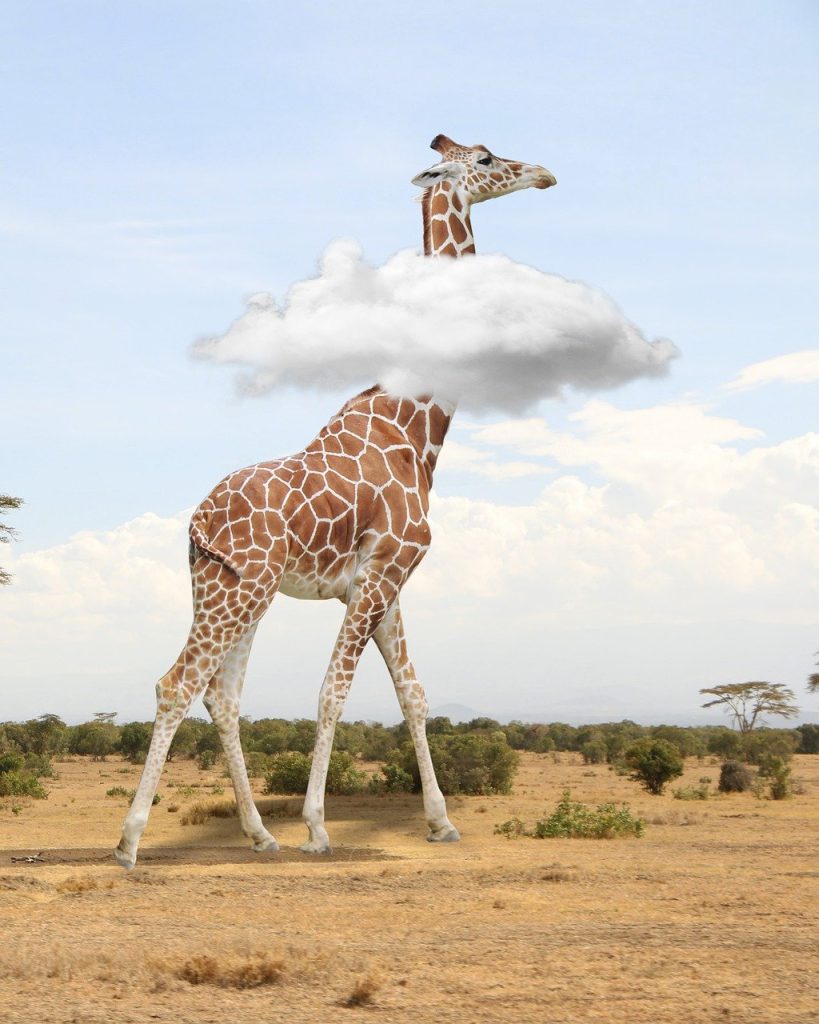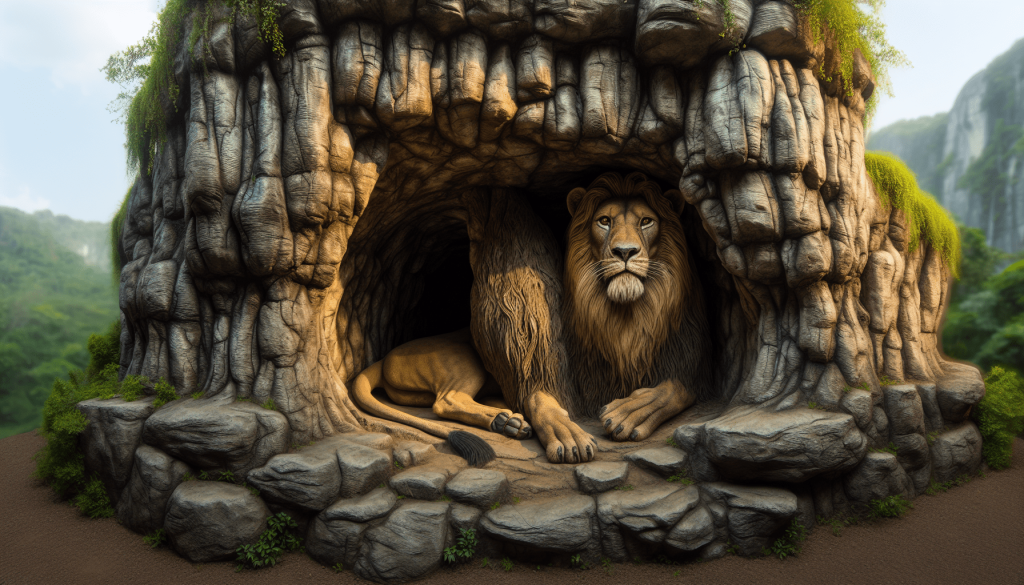Have you ever wondered how lions make their homes? These majestic animals have a fascinating way of creating their own shelter in the wild. Lions typically do not build permanent structures like other animals, such as beavers or birds. Instead, they rely on the landscape to find the perfect spot for their den. By making use of caves, thick vegetation, or even tall grass, lions are able to create a safe and secure home for themselves and their cubs. Their ability to adapt to their surroundings showcases the remarkable survival instincts of these powerful predators.
How Do Lions Make Their Homes?
Have you ever wondered how lions make their homes? In this article, we will explore the fascinating world of lion habitats and learn about their living quarters, social structures, and unique behaviors when it comes to creating their homes in the wild. So, grab a seat and let’s dive into the incredible world of these majestic big cats.
Lion Habitat Overview
Lions are highly adaptable creatures that can thrive in a variety of habitats, from grasslands and savannahs to dense forests and scrublands. They are primarily found in Africa, with a small population of Asiatic lions living in the Gir Forest of India. Lions are known as “king of the jungle” for a good reason – they are skilled hunters and apex predators in their ecosystems.
Lions are territorial animals and typically reside in prides, which are social groups consisting of related females, their offspring, and a few adult males. These prides establish territories that they defend from rival prides and other predators.
Building a Lion Den
One of the most interesting aspects of a lion’s habitat is the den where lion cubs are born and raised. Lion dens are usually located in secluded areas such as thickets, bushes, or rocky outcrops that provide protection and camouflage for the cubs.
Lionesses, who are the primary caregivers for the cubs, will select a suitable den site to give birth and raise their young. The den is crucial for protecting the vulnerable cubs from predators and ensuring their survival during the early stages of life.

The Role of Lionesses in Den Building
Lionesses play a critical role in creating and maintaining the den for their cubs. They will use their powerful jaws and sharp claws to clear vegetation, create bedding, and dig out a shallow depression in the ground to serve as the den site.
Once the den is established, lionesses will bring food back to the den to feed the cubs and nurse them until they are old enough to venture out on their own. The den provides a safe haven for the cubs to rest, play, and grow under the watchful eyes of their mothers.
Male Lions’ Role in Territory Marking
While lionesses focus on den building and care for the cubs, male lions play a vital role in marking and defending the pride’s territory. Male lions will use scent markings, such as urine and scratching, to establish their presence and communicate with other lions in the area.
By marking their territory, male lions deter rival males from encroaching on their pride’s territory and challenge their dominance. This territorial behavior helps maintain the pride’s hunting grounds and ensures a steady supply of food for the pride members.

Social Structure of Lion Prides
Lion prides are complex social units that consist of multiple lionesses, their cubs, and a few dominant males. The lionesses are the primary hunters and caregivers in the pride, responsible for hunting prey, raising cubs, and defending the pride’s territory.
The dominant males in the pride play a crucial role in protecting the pride from external threats, such as rival lions and other predators. They also have priority access to food and mating opportunities within the pride, ensuring their genetic lineage continues to thrive.
Hunting and Food Sources
Lions are apex predators that rely on hunting to obtain food for themselves and their pride members. Lions are known for their cooperative hunting strategies, where they work together to bring down large prey animals such as zebras, wildebeest, and buffalos.
Lionesses are the primary hunters in the pride, using their speed, agility, and teamwork to coordinate attacks on prey animals. They will often work together to surround and isolate a target, then take turns chasing and bringing down the prey for the pride to feast upon.

Resting and Socializing
When lions are not hunting or patrolling their territories, they can be found resting and socializing with their pride members. Lions are social creatures that form strong bonds with their pride mates, engaging in grooming, playing, and bonding activities to strengthen their social connections.
Resting is an essential part of a lion’s daily routine, as it allows them to conserve energy, regulate body temperature, and recuperate from hunting activities. Lions will often rest in shaded areas or open grasslands, using their keen senses to stay alert to potential threats in their surroundings.
Reproduction and Cub Rearing
Breeding in lion prides is regulated by the dominant males, who will mate with multiple females within the pride to ensure the survival of their genetic lineage. Lionesses will give birth to litters of 1-4 cubs after a gestation period of approximately 100 days, with cubs being born blind and helpless.
Lionesses will raise their cubs in the safety of the den, nursing them, grooming them, and teaching them essential hunting and survival skills. As the cubs grow older, they will gradually join the pride in hunting activities and learn to cooperate with other members to secure food and establish their place within the pride hierarchy.

Protection and Survival Techniques
Lions face numerous threats in the wild, including poaching, habitat loss, and conflicts with humans. To survive in their challenging environments, lions have developed various protective adaptations and survival techniques to adapt to changing conditions and overcome threats to their existence.
One of the key survival techniques of lions is their exceptional teamwork and cooperation within the pride. Lions rely on each other for hunting, protection, and social support, working together to overcome challenges and secure their place in the ecosystem.
Conservation Efforts
Lions are classified as a vulnerable species by the International Union for Conservation of Nature (IUCN), with populations declining due to habitat loss, poaching, and human-wildlife conflicts. Conservation efforts are underway to protect lions and their habitats, including establishing protected areas, implementing anti-poaching measures, and raising awareness about the importance of lion conservation.
By learning about the habitats and behaviors of lions, we can gain a deeper appreciation for these magnificent creatures and work together to ensure their survival in the wild. Whether they are building dens for their cubs, hunting for food, or socializing with their pride members, lions demonstrate remarkable resilience and adaptability in the face of adversity.
So, the next time you see a lion in the wild or at a wildlife sanctuary, take a moment to marvel at their strength, grace, and beauty, knowing that they are a symbol of the untamed wilderness and a testament to the power of nature’s diversity. Lions may make their homes in the savannahs and grasslands of Africa, but their enduring legacy as apex predators and majestic creatures will forever leave a mark on our hearts and minds.


